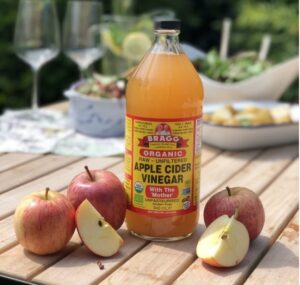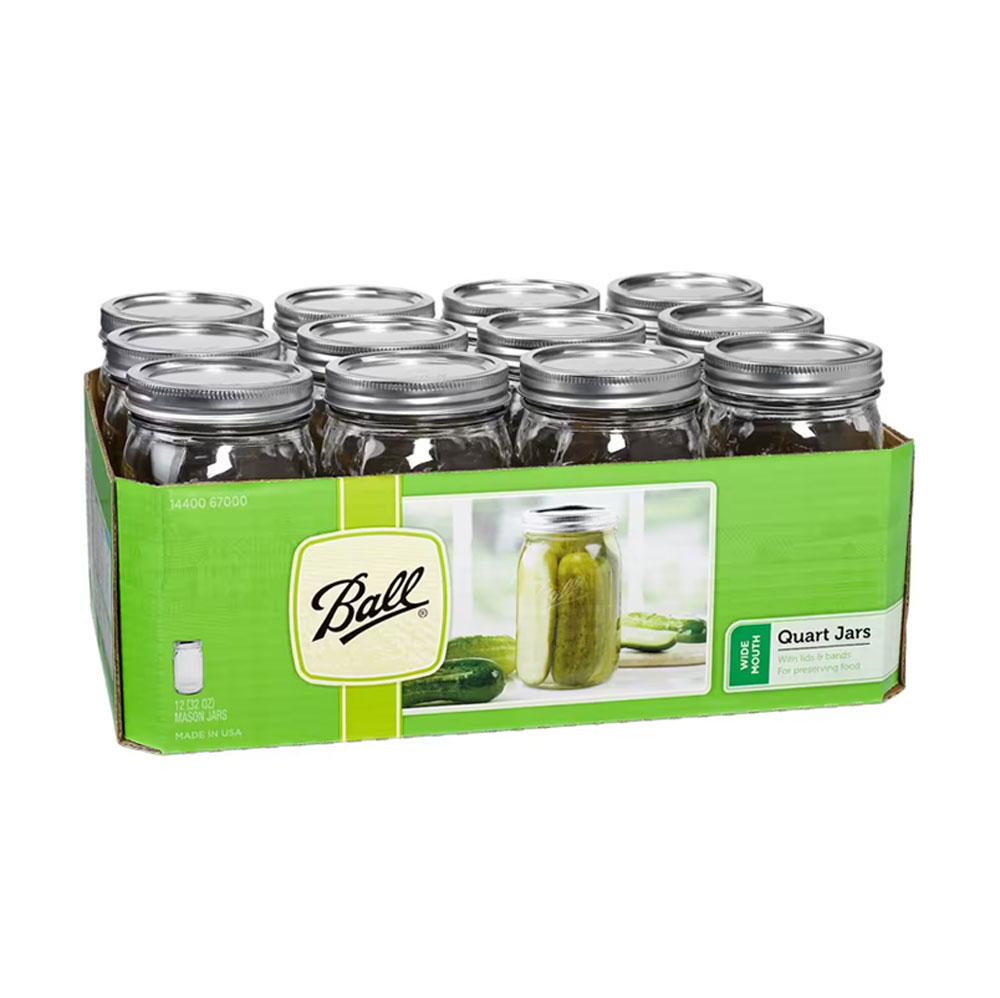The History of Vinegar Making
Other than the produce itself, the single most important ingredient in your pickling pouches is vinegar.
The name vinegar, can be traced back to the Old French “vyn egre” which translates to “sour wine” but its historical presence goes back way before that. As far back as 3000 BC, in fact. At the time, vinegar was a rather laborious endeavor requiring long fermentation and aging.
The Orleans Process
During the Middle Ages period, the process of creating vinegar was perfected and the small industry of vinegar-making became well known in the French city of Orleans. As such, the name of that process was called The Orleans Process.
Other types of vinegar began to be made from different types of ingredients and different processes at that same time; most notably, Malt Vinegar in England, and Balsamic Vinegar in Italy.
Vinegar was used (and still is today) for both medicinal and culinary purposes; making the need for more vinegar even more essential during the 1800s. Karl Sebastian Schuzenbach came to the rescue.
Karl Sebastian Schuzenbach’s Vinegar Making Machine / Packed Generator
In 1823, a German industrialist named Karl Sebastian Schuzenbach invented the first large scale vinegar making machine known as a “packed generator”. This machine circulated alcohol over beechwood shavings, which would then ferment and be distilled into white vinegar.

What previously took many months, or years if aged, was now cut down to 1 to 2 weeks. Some have called this period of time the golden age of vinegar making, and believe that the vinegars made by this process were more nuanced and complex.
Turns out you can purchase your own machine recreated from Karl’s original blueprints. American Vinegar Works, located in Worcester, Massachusetts has just what you’re looking for!
https://www.americanvinegarworks.com
You can also watch their process here and learn more about American Vinegar Works’ story.


Submerged Fermentation Process
Although Schuzenbach’s history of vinegar making was pretty darn good; they had a difficulties maintaining and operating the machinery. As things tend to go in the industrial world, this process was eventually replaced in the 20th century by another revolutionary vinegar making process called the submerged fermentation process, which can produce massive amounts of vinegar in as little as 1 to 2 days.

Vinegar Making Today
This mass production of rather inexpensive vinegar is basically what you see today in nearly every supermarket in America. Known formally as Acetic Acid, vinegar is a rather mild acid strength as acids go, typically containing 5% acidic acid by volume. Today, it’s often produced by converting sugars into ethanol, using yeast, then converting that ethanol into acidic acid using acidic acid bacteria.
This double fermentation process can create many different types of vinegar depending on the ingredients (containing sugars) used to start the fermentation process. This vinegar is what we find mainly used in the culinary world and is typically used in pickling; showing us how the history of vinegar making has led to pickling.

If you’re looking for a vinegar that checks all the artisanal vinegar boxes, and one that you can also find in most grocery stores, Bragg’s Cider Vinegar may just be what you’re looking for.

For the most part, Bragg’s is made “the old-fashioned way”, as they say:
- It’s made from 100% non-GMO Organic apples
- Bottled Raw / Unpasteurized
- Unfiltered and contains the “mother” sediment which contains the important enzymes, probiotics and nutrients.
- Has NO additives or preservatives
- And great taste.
There has been remarkable innovation and evolution in the history of vinegar making.
From the slow, natural processes first created over 5,000 years ago, to the lightning-fast speed of today’s modern manufacturing production lines. This essential ingredient used in pickling your favorite produce has been reimagined, reinvented, and rediscovered countless times throughout the centuries.
All this talk about vinegar might makes us want to enjoy some homemade pickling creations! You can make your own easy homemade pickles with Great Lakes Pickling Company’s easy-to-make pickling pouches. Just pick out some of your favorite veggies, select your preferred vinegar option, then enjoy the crisp, tart taste of YOUR favorite pickled vegetable within three days.
Enjoy!




